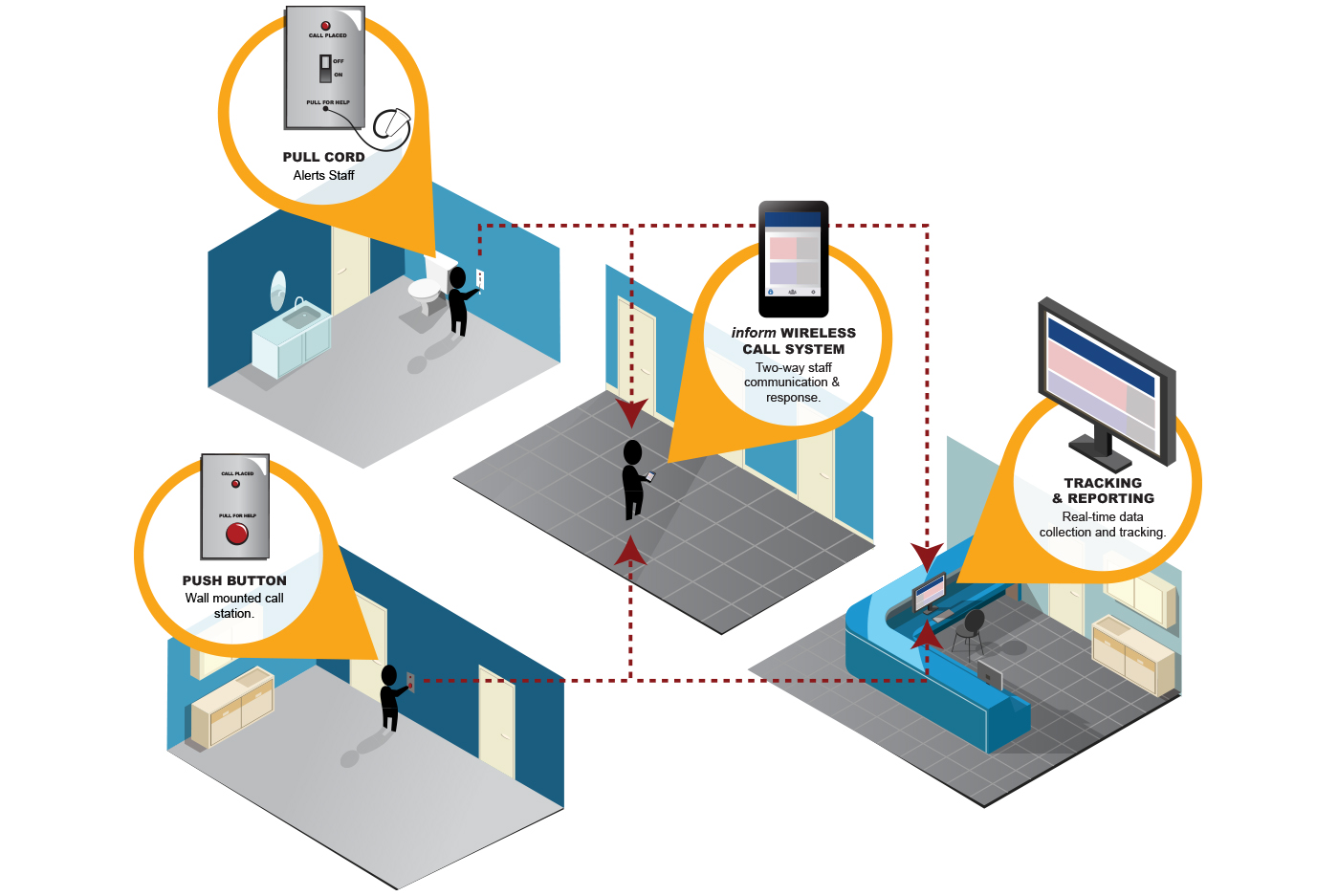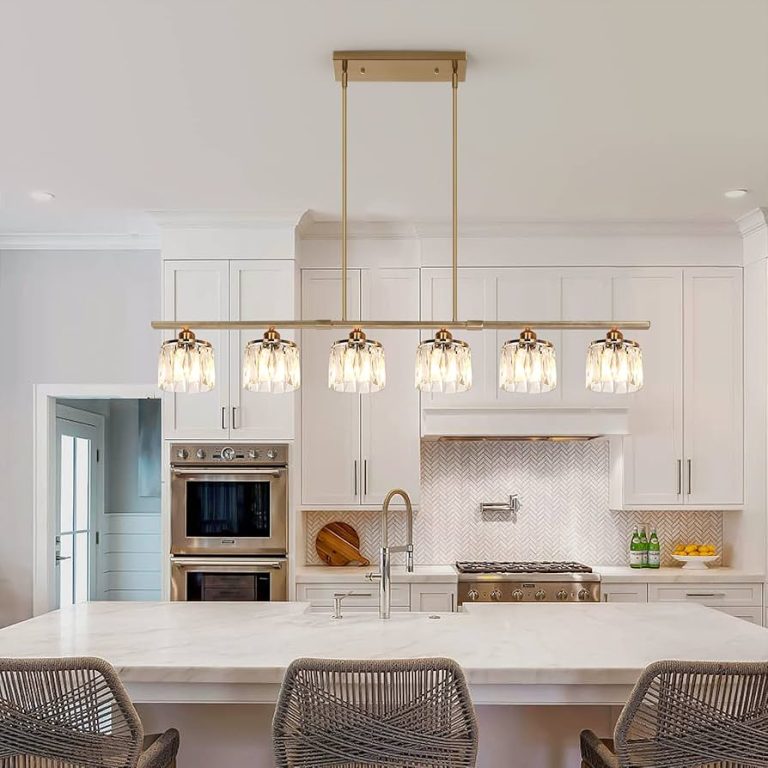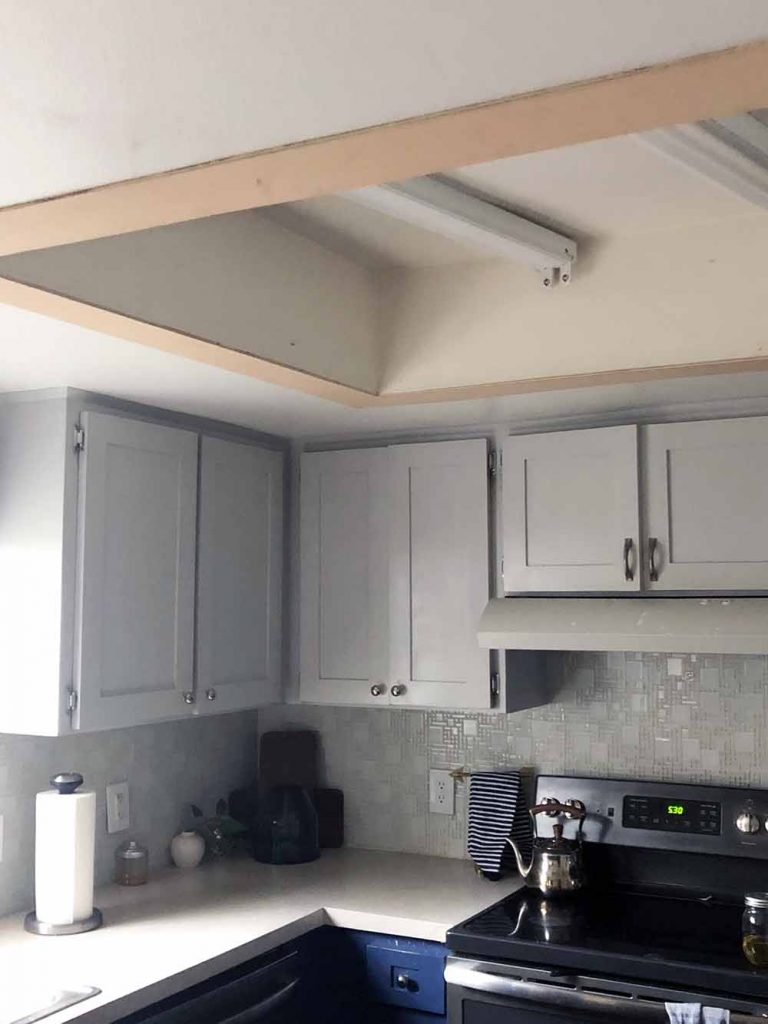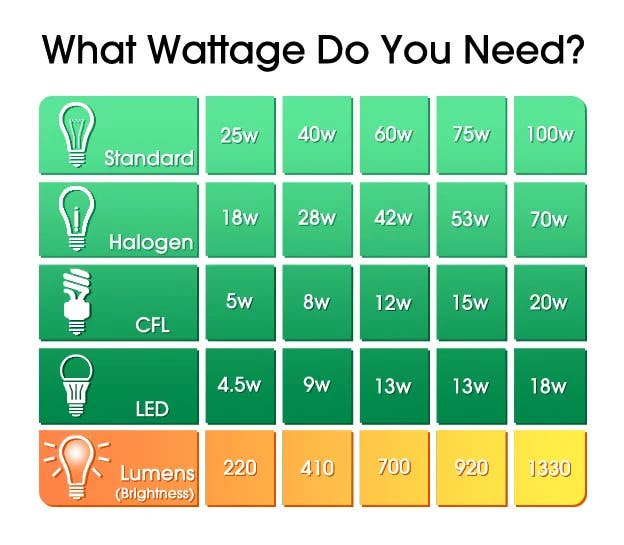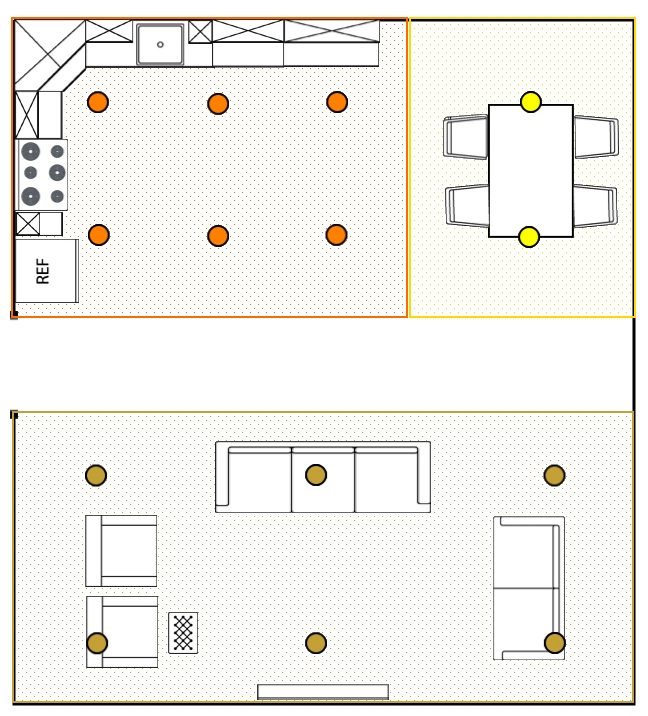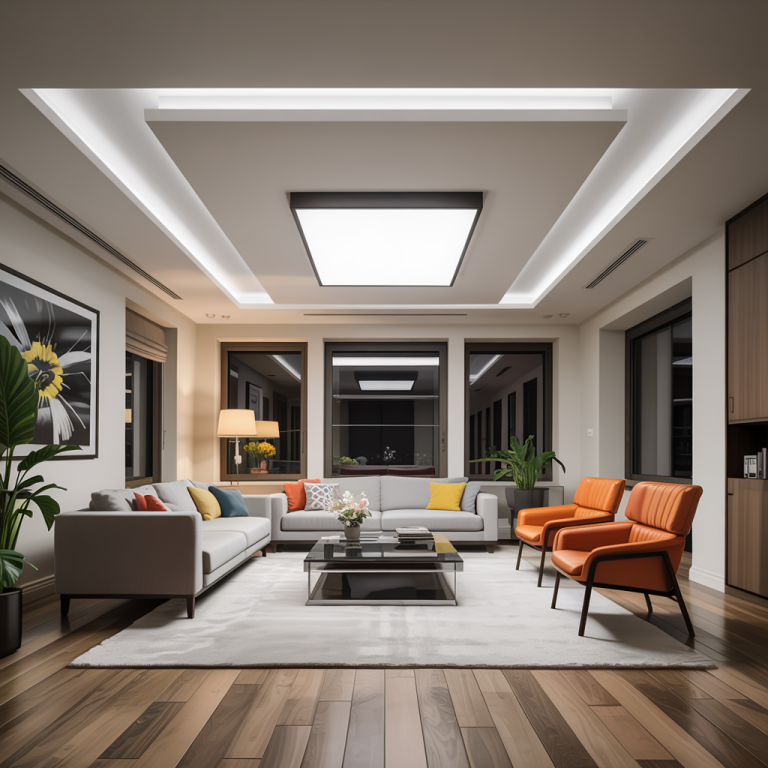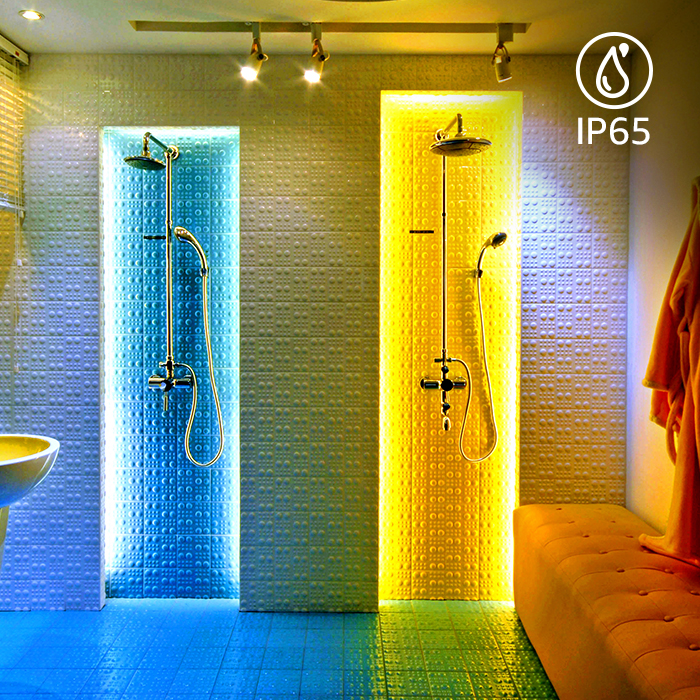Where Should Call Lights Be Placed for Safety and Access?
Where should call lights be placed for safety and access? Call lights should be placed within easy reach of the patient, typically beside the bed, in bathrooms, and near seating areas. They should be clearly visible, functional, and accessible at all times to ensure prompt assistance and enhance patient safety in hospitals, nursing homes, or care facilities.
You might not realize it, but the location of these call lights can significantly impact response times and, ultimately, the quality of care. You’ll uncover the best practices for positioning call lights so that they are easily accessible and efficient.
By the end, you’ll be equipped with actionable insights to enhance safety, comfort, and peace of mind for everyone involved. Let’s dive in and explore how a small change can make a big difference.

Credit: thetimbersalf.com
Where Should Call Lights Be Placed for Safety and Access?
Importance Of Call Light Placement
Call lights should be within easy reach for residents. This helps them feel safe and communicate needs quickly. Proper placement ensures prompt assistance, enhancing comfort and care in their rooms.
The placement of call lights in residents’ rooms is a critical aspect of healthcare facilities that often goes unnoticed. Imagine this: you’re in a room, unable to move freely, and need immediate assistance. The call light is your lifeline. It’s not just about convenience; it’s about safety, independence, and dignity. Properly placed call lights ensure that residents can easily access help whenever they need it. This simple device can make a world of difference in their daily lives.
Read More: How to Determine Size of Light Fixture: Expert Tips
Accessibility For Immediate Response
A call light must be within easy reach to ensure residents can use it at any moment. Consider someone in a wheelchair or bedridden. If the light is too far, it defeats its purpose. Placing it within arm’s reach ensures that help is just a button away. This can significantly reduce anxiety levels as residents know assistance is readily available.
Enhancing Resident Independence
Call lights contribute to a resident’s sense of autonomy. When placed correctly, residents can summon help without relying on others to press the button for them. This fosters a sense of empowerment. They feel more in control of their environment, which can enhance their overall well-being.
Preventing Falls And Injuries
Inadequate call light placement can lead residents to take unnecessary risks, such as trying to reach it when it’s out of reach. This can lead to falls or injuries. Proper placement can prevent these accidents. It ensures residents do not have to stretch or move unsafely to get assistance.
Improving Staff Efficiency
Properly placed call lights can also aid staff efficiency. When lights are easily accessible, residents can communicate their needs more clearly and promptly. This allows staff to prioritize and respond to calls effectively. It streamlines operations and contributes to a smoother workflow.
Creating A Comforting Environment
A well-placed call light can offer comfort and peace of mind. Knowing help is just a button push away can create a more relaxed and reassuring environment. This can be especially crucial in healthcare settings where residents may already feel vulnerable. A simple, accessible tool can make their stay more pleasant.
Have you ever thought about how a small change in call light placement can impact daily life so significantly? It’s a simple yet powerful tool that can transform the experience for residents and staff alike. How does your facility ensure that call lights are optimally placed?
Common Areas For Call Lights
Call lights are essential tools in residents’ rooms, ensuring safety and timely assistance when needed. Have you ever wondered where exactly these call lights should be placed for maximum efficiency? The placement of call lights in residents’ rooms can greatly affect the response time and overall comfort of the residents. Let’s dive into the common areas where these crucial devices are typically installed to enhance accessibility and usability.
Beside The Bed
The bedside is a critical location for a call light. This is where residents spend a significant amount of their time, particularly during nighttime. Having a call light within arm’s reach ensures they can easily request help without having to move too much, which is vital for those with limited mobility.
Consider how often you wake up thirsty or needing to use the restroom. Imagine if you couldn’t get up easily. A bedside call light becomes not just a convenience but a necessity, reducing anxiety for both residents and their families.
In The Bathroom
The bathroom is another strategic spot for call lights. This area presents a higher risk of slips and falls, making it essential for residents to signal for help swiftly. Installing call lights here can prevent accidents from escalating into emergencies.
Think about how slippery tiles can be, and how even the most careful among us can have a misstep. For residents, knowing they can get help with a simple push of a button adds a layer of safety and peace of mind.
Near The Seating Area
Residents often spend time in seating areas, reading or watching television. Placing call lights near these spots ensures they can call for assistance without having to stand or reach awkwardly. This is particularly helpful for those who may feel dizzy or weak.
Imagine relaxing in your favorite chair, only to suddenly feel unwell. A call light nearby allows for immediate action, turning what could be a stressful situation into a manageable one.
Accessible From The Floor
It’s crucial to think of scenarios where a resident might fall. Having a call light accessible from the floor can be life-saving. This ensures that even if a resident cannot stand, they can still alert someone for help.
Picture a scenario where a resident trips and falls. The ability to reach a call light from the floor eliminates the feeling of helplessness and speeds up the response time of caregivers.
Are there other areas in a resident’s room where you think a call light should be placed? The goal is to make sure help is always within reach, wherever the resident might be in their room.
Impact On Patient Safety
Placing call lights within easy reach in residents’ rooms greatly enhances patient safety. This helps ensure quick access in emergencies, reducing response times and preventing accidents. Positioned strategically, call lights can significantly improve communication and care in healthcare settings.
The placement of call lights in residents’ rooms significantly impacts patient safety. Properly positioned call lights can be the difference between a timely response and a delayed one. For residents, especially those with limited mobility, the ability to quickly and easily signal for help is crucial for their well-being.
Accessibility Is Key
Call lights should be within easy reach for residents at all times. Consider the residents’ average position, whether lying in bed or sitting in a chair. If a resident has to strain or move uncomfortably to reach the call light, it’s not accessible enough.
Imagine a scenario where you’re in need of urgent assistance but can’t reach the tool to call for help. It’s a distressing thought, isn’t it? Ensure that residents never have to face this anxiety.
Read More: What Causes Lights to Flicker in One Room? Unveiling Secrets
Minimizing Risks Of Falls
When call lights are placed properly, they can significantly reduce the risk of falls. Residents often try to get out of bed to seek help if they can’t easily access their call lights. This can be especially dangerous for those with mobility issues.
By placing the call light within an arm’s reach, you reduce the need for residents to move unnecessarily. This simple adjustment can prevent potential accidents and injuries.
Enhancing Response Time
Quick response times are vital in medical emergencies. When call lights are optimally positioned, staff can respond more efficiently to residents’ needs.
Think about how crucial every second can be in an emergency. A conveniently placed call light ensures that residents can alert staff without delay, potentially saving lives.
Promoting Independence
Proper call light placement empowers residents to feel more independent. When they know they can easily summon help, it boosts their confidence.
This independence can improve their overall quality of life and mental well-being. Isn’t it empowering to know you have control over your environment, even in small ways?
###
Regular Assessment And Adjustment
Regularly assess and adjust the placement of call lights as needed. Residents’ conditions and needs can change over time, and what worked yesterday might not be ideal today.
Engage with residents to gather feedback on the accessibility of their call lights. This proactive approach ensures their safety and comfort are always prioritized.
By focusing on these practical insights, you can significantly enhance patient safety in residents’ rooms. How can you ensure that your loved ones or residents always have the help they need at their fingertips?

Credit: www.amli.com
Enhancing Accessibility
Enhancing accessibility in residents’ rooms is vital. It ensures safety and comfort for everyone. Proper placement of call lights plays a key role. It helps residents reach assistance quickly. Thoughtful positioning reduces stress and anxiety. It aids those with limited mobility. This approach fosters independence and peace of mind.
Strategic Placement
Place call lights within easy reach. Make sure residents can access them from their beds. Consider positioning near wheelchairs too. This ensures help is always within grasp. Avoid placing call lights too high or too low. Maintain a consistent height for ease of use.
Visibility
Call lights must be visible. Residents should see them without effort. Ensure call lights stand out against the wall color. Use contrasting colors for better visibility. Bright, clear lights are effective. Residents should recognize them immediately.
Ease Of Use
Choose call lights that are easy to operate. Avoid complex systems that confuse residents. Simple push-button designs work best. Ensure the buttons are large and tactile. This aids residents with limited dexterity. Test the system regularly for reliability.
Safety Considerations
Ensure call lights do not obstruct movement. Avoid placing them in pathways. Residents should move freely without hindrance. Proper placement reduces trips and falls. Consider wireless options for more flexibility. These prevent tangled wires and hazards.
Personalization
Consider individual needs when placing call lights. Tailor placement to each resident’s preferences. Some may need lights closer due to mobility issues. Others may prefer different locations for convenience. Personalization enhances comfort and satisfaction.
Best Practices For Installation
Installing call lights in resident rooms requires careful planning. Proper placement ensures safety and quick access. Residents must be able to reach call lights without difficulty. Following best practices can enhance security and comfort.
Accessibility And Ease Of Use
Call lights should be within easy reach from the bed. This placement helps residents signal for help easily. Consider physical limitations when determining the location. Ensure the button is simple to press.
Visibility And Clarity
Call lights must be visible from all angles. The resident should see the light clearly, whether sitting or lying down. Bright colors can improve visibility. Avoid placing call lights behind furniture.
Integration With Room Design
Integrate call lights seamlessly into room design. Avoid cluttered or complicated setups. Choose locations that complement the room’s layout. This keeps the room aesthetically pleasing.
Proximity To Other Devices
Place call lights near other essential devices. This includes telephones, remotes, and bedside controls. Easy access to multiple devices enhances convenience. It reduces the need for movement.
Testing And Evaluation
Test call lights regularly to ensure functionality. Evaluate the placement periodically for effectiveness. Gather feedback from residents about usability. Adjustments may be necessary based on feedback.
Staff Training And Awareness
Train staff on proper call light use. Ensure staff respond promptly to signals. Awareness of call light locations aids efficiency. Staff should be familiar with all room setups.

Credit: www.docsity.com
Frequently Asked Questions
Why Is Call Light Placement Important In Resident Rooms?
Proper call light placement ensures safety and quick assistance. Residents can easily request help. It enhances their comfort.
How Does Call Light Location Affect Response Time?
Correctly placed call lights reduce response times. Staff can quickly see and respond to calls. It improves care efficiency.
What Factors Influence Call Light Placement In Rooms?
Consider bed position, resident mobility, and room layout. These factors determine the best spot for call lights.
Conclusion
Choosing the right spot for call lights ensures safety. Residents feel secure and cared for. Proper placement prevents accidents and confusion. Easy access helps in emergencies. Staff responds faster to needs. Good positioning supports independence and comfort. The room layout matters.
Keep accessibility in mind. Prioritize the resident’s convenience. Regular checks ensure lights work well. A thoughtful approach benefits everyone. Always aim for efficiency and ease. Remember, a well-placed call light can make a big difference. Simple steps lead to a safer environment.
Residents deserve the best care possible.
